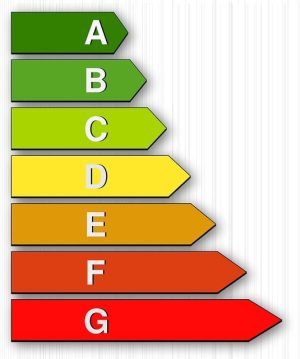Page speed is a critical SEO factor that directly affects rankings and user satisfaction. To rank higher, optimize website speed through strategies like image optimization, browser caching, and reducing HTTP requests. Key metrics like page load time, bounce rate, and time on site are essential for understanding user experience and performance, aiding data-driven decisions. Slow loading pages can harm rankings and engagement; use tools to identify and fix issues like large files, excessive code, and server problems. Technical SEO optimizations, mobile-friendliness, high-quality content, backlink building, meta tags, and domain authority are SEO tips for ranking higher. Browser caching stores web pages locally, enhancing speed, while image compression improves loading times without compromising quality. CDNs geographically distribute content to reduce latency. Regular testing and monitoring using tools like Google PageSpeed Insights ensure optimal performance and user experience.
In today’s digital era, fast page loading times are crucial SEO tips for ranking higher. A slow website can significantly impact your search engine rankings and drive visitors away. Understanding the vital role of page speed in SEO involves recognizing key metrics, identifying performance bottlenecks, and implementing strategic optimizations. From technical SEO fixes to content optimization techniques like browser caching and image compression, this guide explores essential strategies to enhance your site’s speed and boost your online visibility.
Understanding the Impact of Page Speed on SEO
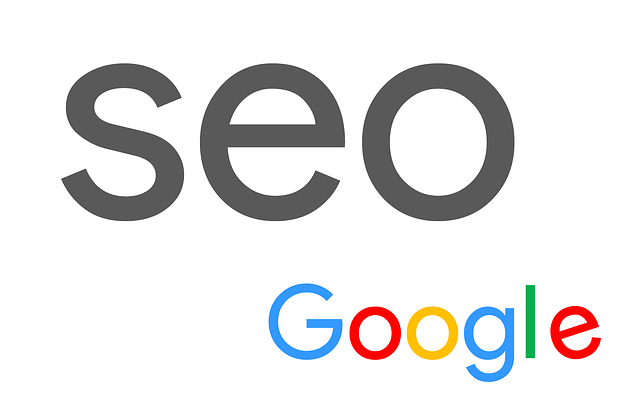
Page speed is a critical factor in SEO, significantly influencing search engine rankings and user experience. In today’s digital era, fast-loading pages are essential for capturing and retaining users’ attention. Search engines like Google have explicitly stated that page speed is a direct signal in their ranking algorithms, meaning faster websites tend to rank higher in search results. This has led to what many call the “war for speed,” where even minor improvements can give websites a competitive edge.
Optimizing your website’s speed can drive better SEO outcomes and provide numerous benefits. Users are more likely to engage with fast-loading sites, leading to lower bounce rates and longer session durations. These engagement signals send positive feedback to search engines, indicating that your site offers valuable content. Additionally, faster pages improve mobile user experience, as a significant portion of web traffic now comes from mobile devices, which have stringent performance requirements. Implementing SEO tips for ranking higher, such as optimizing images, leveraging browser caching, and minimizing HTTP requests, can significantly contribute to achieving the desired fast page loading times.
Key Metrics to Measure Website Performance

When it comes to fast page loading and SEO, understanding key metrics is vital for implementing effective SEO tips for ranking higher. Key performance indicators (KPIs) like page load time, bounce rate, and time on site are essential benchmarks to monitor. Page load time, in particular, directly impacts user experience and search engine rankings. Tools like Google PageSpeed Insights can help identify bottlenecks and provide actionable suggestions to optimize your website’s loading speed.
Bounce rate and time on site offer insights into how visitors interact with your content. A high bounce rate may indicate that users are not finding what they’re looking for, while a longer time on site suggests engaging content. By analyzing these metrics, you can make data-driven decisions to enhance user experience, which is crucial for both SEO and keeping visitors engaged.
Identifying Slow Loading Pages and Their Causes

Identifying slow loading pages is a crucial step in enhancing your website’s performance and improving your SEO tips for ranking higher. These pages can significantly impact user experience, leading to higher bounce rates and lower search engine rankings. By using browser developer tools or online page speed testing tools, you can pinpoint the culprits behind sluggish load times. Common causes include large image files, excessive use of JavaScript or CSS code, server response time issues, and inefficient database queries.
Understanding these causes allows web developers to make informed decisions on optimization strategies. Minifying code, compressing images, leveraging browser caching, and optimizing database queries are effective ways to speed up page loading. Implementing these SEO tips can dramatically reduce load times, ensuring your website delivers a seamless experience for visitors, which is essential for retaining their attention and encouraging them to explore more of your content.
Technical SEO Optimizations for Faster Load Times
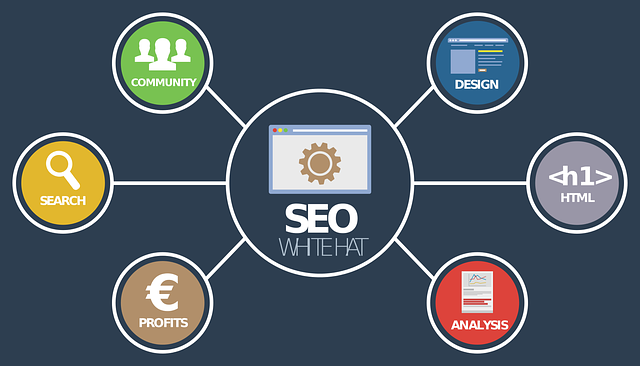
Improving your website’s performance is a crucial SEO tip for ranking higher and enhancing user experience. One of the key aspects to focus on is technical SEO optimizations, especially when it comes to faster load times. By optimizing images, minifying code, and leveraging browser caching, you can significantly reduce page load speeds. These techniques ensure that your web pages load quickly, keeping visitors engaged and search engines happy.
Additionally, creating a site map, implementing structured data markup, and ensuring proper redirect management are essential practices. A well-structured site map helps search engines crawl your website efficiently, while structured data provides additional context for rich snippets in search results. Efficient redirect management also plays a vital role in maintaining a seamless user journey, especially during website updates or changes in URL structures.
Content Optimization Strategies for Improved Speed
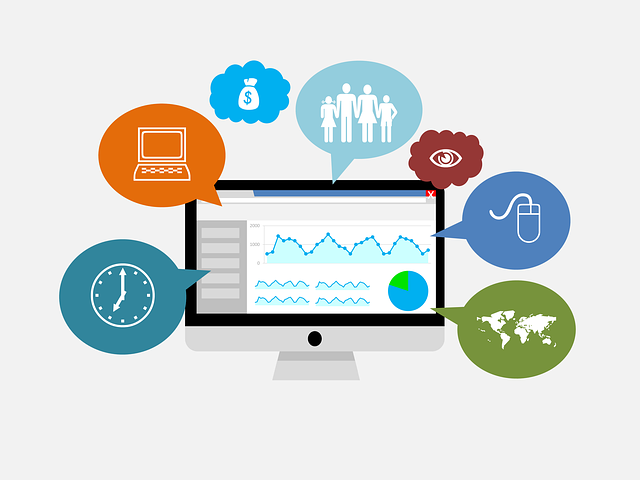
Leveraging Browser Caching for Enhanced Efficiency

Leveraging browser caching is a powerful SEO tip for ranking higher and enhancing user experience. By enabling caching, web pages are stored on a user’s device, allowing for quicker loading times upon subsequent visits. This not only improves page speed but also reduces server load, leading to better performance overall. Modern browsers offer various caching strategies, ensuring that frequently visited sites remain fast and efficient.
Implementing effective browser caching involves setting appropriate headers to instruct the browser on how long to store resources locally. This simple optimization can significantly impact search engine rankings as Google and other engines prioritize websites that provide quick and reliable access to content. By combining optimized caching with other SEO best practices, you can create a seamless user journey while climbing the ranks in search results.
Implementing Image Compression Techniques

Implementing image compression techniques is a powerful SEO tip for ranking higher and enhancing overall website performance. By compressing images, you reduce their file sizes without significantly compromising visual quality. This not only speeds up page loading times but also improves user experience, as faster-loading pages are favored by both search engines and visitors.
When optimizing images, consider using lossless compression methods that preserve details, especially for high-quality assets. For standard graphics or photos where minor quality adjustments are acceptable, lossy compression can further reduce file sizes without noticeable differences. Regularly updating image compression settings and keeping up with modern SEO practices ensures your website remains competitive in the fast-paced digital landscape.
Using Content Delivery Networks (CDNs) Effectively

Content Delivery Networks (CDNs) are a powerful tool in your SEO arsenal, especially when it comes to enhancing page load speed. By distributing your website’s content across multiple servers in different geographical locations, CDNs ensure that users from around the globe access content from the server nearest to them. This reduces latency and significantly speeds up page loading times, which is not only beneficial for user experience but also a crucial SEO tip for ranking higher.
Effective use of CDNs involves optimizing their configuration to align with your website’s traffic patterns. For instance, you can set caching rules to store frequently accessed content, allowing for quicker delivery. Regularly updating and maintaining your CDN settings ensures that your website remains optimized for fast loading, thereby improving overall performance and contributing to better search engine rankings.
Regularly Testing and Monitoring Website Performance
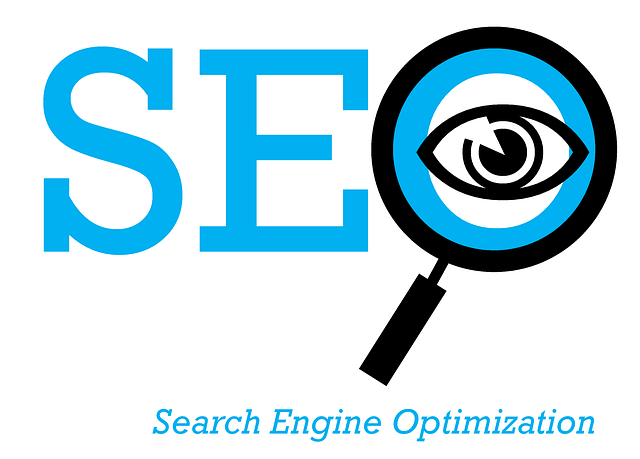
Regular testing and monitoring are essential SEO tips for ranking higher. With the ever-evolving digital landscape, keeping your website’s performance sharp is crucial. Tools like Google PageSpeed Insights can help identify areas for improvement, ensuring your site loads swiftly on both desktop and mobile devices. Regularly checking these metrics allows you to make data-driven decisions and implement changes that directly impact user experience and search engine rankings.
Monitoring performance isn’t just about technical optimizations; it also involves keeping an eye on how visitors interact with your site. Analyzing bounce rates, time spent on page, and click-through rates gives valuable insights into the effectiveness of your content and design choices. By staying proactive in testing and monitoring, you can quickly address issues, keep your website competitive, and enhance its overall SEO performance.
